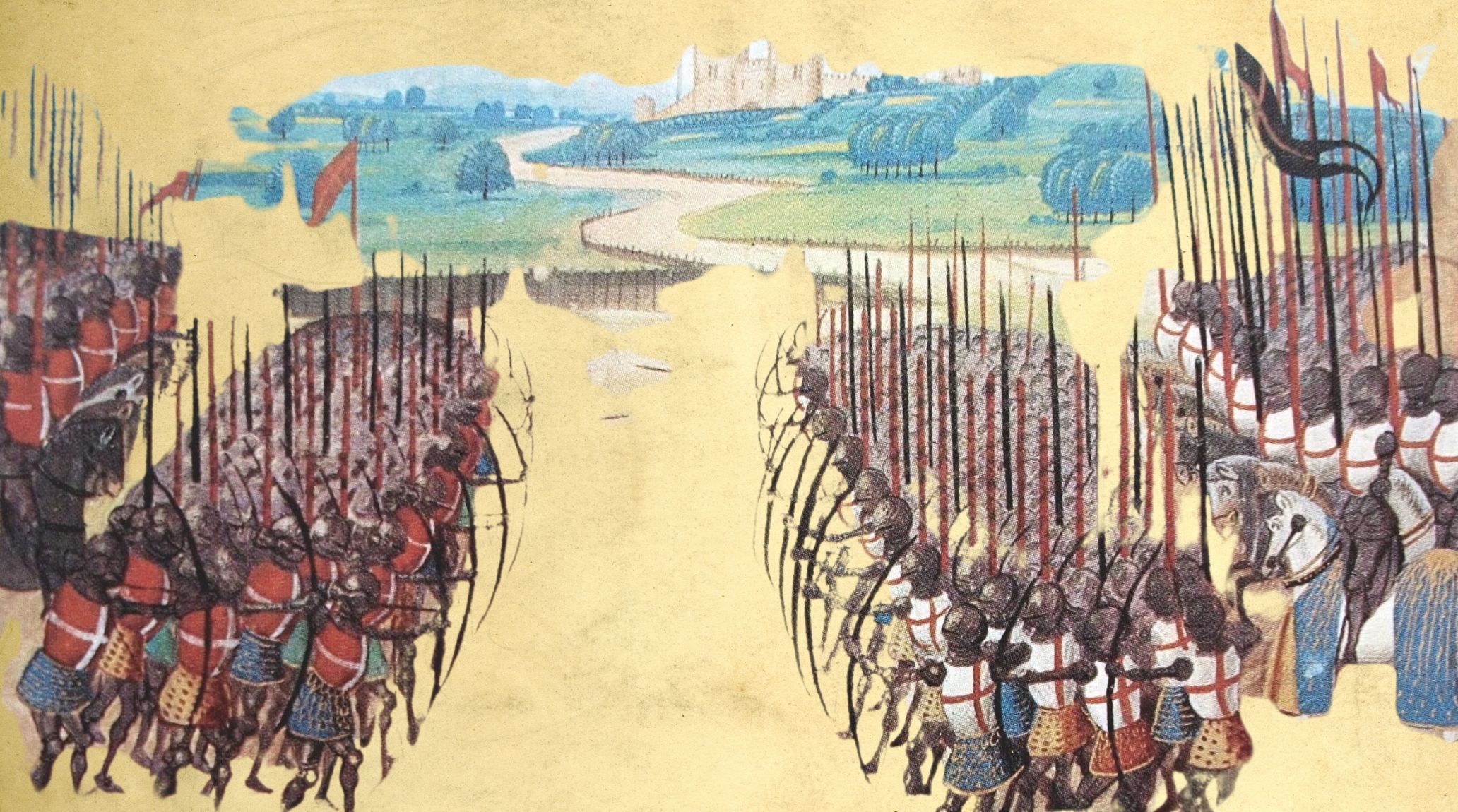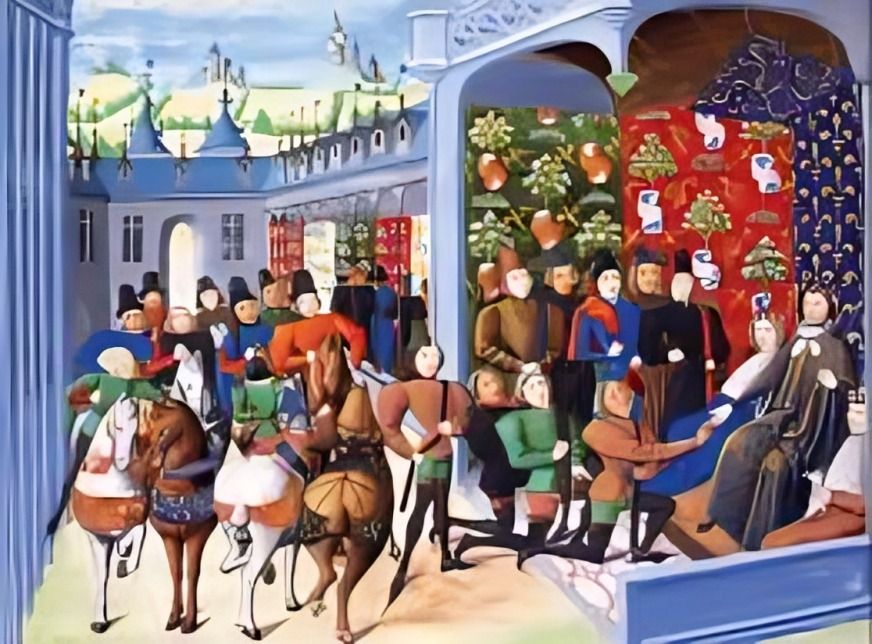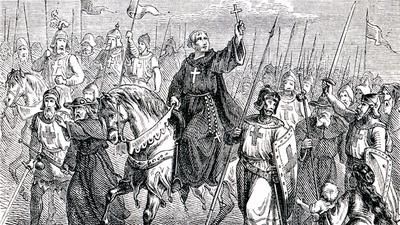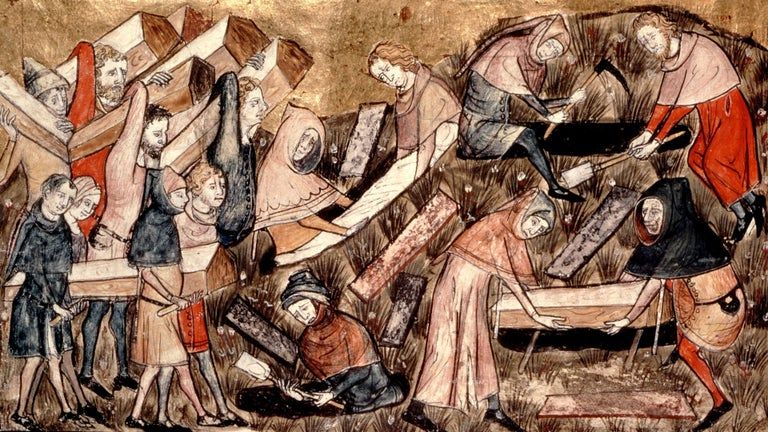
“
The Hundred Years' War, fought between England and France from 1337 to 1453, was one of the most significant conflicts in medieval history. This war shaped the future of both nations, from military tactics to national identities. Must-Know Facts About The Hundred Years' War: England vs. France delves into the key battles, figures, and turning points that defined this lengthy struggle. Learn about iconic moments such as the Battle of Agincourt, the role of Joan of Arc, and the war's lasting impact on European politics and society.1
1
”
The Hundred Years' War (1337–1453) was a prolonged conflict between England and France, rooted in feudal disputes over Aquitaine and Edward III of England's claim to the French throne during the Late Middle Ages. 1
The war began when King Edward III of England claimed the French crown, challenging the legitimacy of Philip VI's rule, which sparked tensions between the two nations.2
The conflict was not continuous fighting but consisted of several major battles, sieges, and periods of uneasy peace, lasting over a century and profoundly affecting both countries. 3
Key battles during the war included Crecy (1346), Poitiers (1356), and Agincourt (1415), where English forces achieved significant victories, often using their skilled longbowmen. 4
The English longbow was a decisive factor in early English successes, as its range and power allowed smaller English forces to defeat much larger French armies. 5

The Treaty of Brétigny (1360) temporarily ended hostilities, granting England significant territories in France, but the peace collapsed, reigniting the conflict.
The war saw the rise of iconic figures, such as Joan of Arc, who led French forces to several critical victories and inspired French resistance against English domination.6
Joan of Arc's capture and execution in 1431 by the English and their allies became a symbol of martyrdom and French nationalism, cementing her legacy in history. 7
The war significantly impacted the economies of both nations, with heavy taxation and destruction of agricultural lands leading to widespread hardship and rebellion. 8
The conflict fueled the development of stronger centralized governments in both England and France, as monarchs sought to fund and control their war efforts effectively. 9
During the war, the French adopted gunpowder weaponry, including cannons, which marked a turning point in military technology and contributed to France's eventual victory. 10

The Hundred Years' War led to the decline of feudalism, as monarchs increasingly relied on professional armies and mercenaries instead of feudal levies for military campaigns.
The war was partly a contest over trade routes and economic dominance, with control of key regions, such as Flanders, vital for their wool and cloth industries. 11
The conflict exacerbated internal divisions within both nations, with civil wars and noble factions often aligning with opposing sides, further complicating the war's dynamics. 12
The war's conclusion in 1453 saw France reclaim most English-held territories, leaving only Calais under English control, marking the end of England's ambitions in France. 13
The Hundred Years' War played a significant role in shaping French national identity, unifying the country against a common enemy and strengthening the monarchy. 14
In England, the war's aftermath contributed to the Wars of the Roses (1455–1487), as noble factions vied for control of the crown in the absence of clear leadership. 15
The war saw the destruction and depopulation of many regions, particularly in France, where farmland was ravaged, and cities were besieged, leaving long-term economic scars. 16

The Black Death (1347–1351) coincided with the early phases of the war, further complicating efforts to sustain military campaigns and devastating both populations.
The Hundred Years' War marked the end of medieval warfare and the beginning of the Renaissance period, with significant advancements in military tactics, governance, and national consciousness.17


